If I had this checklist on my first solo international trip, I would have avoided A LOT of trouble! Well, there are things we need to learn the hard way, right? But I wouldn’t let you make the same mistake.
Making sure everything is set before your flight will save you a lot of stress. So I made this checklist to help you with planning and preparation. This is based on my own wins and mistakes from over three years of traveling. Let’s get into it.
The Three-month Rule
I always follow a three-month rule when preparing for an international trip. Three months before the trip, you have to start saving money aggressively. This makes sure you have more than enough funds for flights, accommodation, food, activities, and other expenses. Apart from your main job, get side hustles and mini jobs to pile that extra cash.
This timeline is also enough to complete travel documents. Delays and rejections happen, especially if you have a weak passport like I do and will travel to countries with visa requirements. If you don’t come with a good plan, a slight delay could be frustrating and costly. Three months of preparation is ideal not just for your visa but also for things like vaccinations and international trip health insurance which often need to be arranged in advance.
Lastly, packing for an international trip needs careful preparation. Write an ultimate shopping from the biggest to the smallest details and shop during big sales to make sure you’re getting the best value for money. Last-minute shopping is always energy and money consuming.
Three Months Before the Trip…
✔️Get mini jobs and side hustles for extra cash
✔️Apply for visas and get vaccines, if needed
✔️Create a shopping list of everything you’ll need for the international trip
Travel Documents
Having right and updated travel documents is the most important part of any international trip. Trust me, document-related problems are the ultimate cause of stress and drama when traveling.
Passport Validity
The most important rule to know in your first international trip is the six-month validity rule. If your passport is set to expire within six months after your planned departure date, you need to renew it before traveling. Otherwise, you could be denied boarding or entry to your destination country which is a waste of time, effort, and resources.
Let me give you an example. Let’s say you’re flying to Japan on December 1, 2025, and your passport expires on May 20, 2026. Even though that’s nearly six months away, it still falls short of the six-month validity rule. Countries like Japan require that your passport be valid for at least six months beyond your date of arrival. Because of this, the airline might refuse to let you board, or Japanese immigration could deny you entry upon arrival.
Travel Vaccines
Many people are not familiar with travel vaccines even after going on countless international trips. Some vaccines are required for entry, meaning you have to get them before flying into the destination or you might not be allowed to enter the country.
I got a Yellow Fever vaccine before my planned trip to Colombia. Some sources said you could get the shot at the Bogota airport upon arrival while others say you can’t. Due to inconsistencies, my best advice is to get vaccinated before leaving the country. In the Philippines, the Bureau of Quarantine offers vaccine shots for Yellow Fever, Polio, measles, and etc at an affordable price.
Don’t forget to ask for the Yellow Card as proof of your vaccination. Authorities might check for this upon your arrival at a country requiring the vaccine.
Document Bag
This might sound like being over-prepared but a document bag is a must for an international trip. Have a small waterproof envelope that has your important documents. Here are some things you can put in a document bag:
Make sure to always have the document bag next to you when crossing borders or arriving in a new country if you plan on crossing multiple countries on your trip.
Google Drive Folder for Travel Requirements
One time I paid $30 upon entering Laos despite not needing a visa. My friend had a similar experience in the same place and border but ditched the fee by showing a screenshot of our visa-free rule. This is the importance of keeping a digital folder of important information like entry rules, regulations, and requirements. They come in handy at unexpected times.
Keep the following in one album or a Google Drive folder:
US Dollars
I’ve heard countless stories from fellow travelers of their bank cards getting blocked in a new country, and guess what? I experienced that myself. One thing that saved me from the stress of it all was having US Dollars in my wallet that I easily exchanged at money exchange booths.
USD is accepted almost everywhere – you can even use it directly in some countries like Cambodia. You don’t have to bring a crazy amount. I always bring just $100 on every trip, enough to cover a day or two’s expenses.
Inform Your Bank About Your Travel Plans
Banks might flag international withdrawals as suspicious if you don’t inform them ahead. This is the main cause of cards getting blocked when traveling. Some banks geofence their cards, meaning they can’t be used outside your home country unless you notify them and ask them to remove the restriction.
To avoid hassle, give your bank a quick call and let them know you’ll be using your card abroad.
Extra Bank Cards
Don’t rely on having only two or three cards before leaving. Have as many as you can. Losing debit or credit cards is very common when traveling and it’s always a stressful moment. I always make the mistake of only bringing two to three cards max when traveling and always lose one. Every time that happens, I end up wanting to cut the trip short and go home! It’s a mood spoiler.
Many ATMs can reject withdrawal requests when your provider is not a major international institution. And if that’s your last remaining card? Goodluck, really. I found that setting up online payment gateways before any international trip is a smart move. Nowadays, many countries are use digital payments. You’ll be surprised to know that even the remotest town in Mongolia is cashless.
Here are the some digital payments accounts you can open:
International Travel Insurance
Unexpected things happen during international trips and the best way to protect yourself from a potential financial burden is by having an insurance coverage. Prices of insurance packages usually depends on the destination/s and the length of your stay.
Take note that there is a major difference between a travel insurance and a travel health insurance.
An international trip insurance covers trip-related expenses such as:
While an international trip health insurance covers medical-related expenses such as:
Here are some of the most popular international travel insurance companies.
My best advice is to check with your bank if they offer travel insurance because many of them do and at more affordable prices
Travel Gear
After sorting the documents, you can sigh in relief because the preparation stage for your first international trip gets less crucial from here.
Let’s now talk about international travel bag size, universal charger, first aid kit, and TSA locks.
Backpack or Suitcases
Airlines can charge you for luggage exceeding their weight or size limit. No one likes to pay these charges, right? Especially because they are preventable! Here’s a quick cheat sheet for carry-on and check-in baggage.
Carry-on baggage:
This is the travel backpack I used for multiple international trips. It’s from Cabin Zero and has passed the size and weight limit in Asia, Europe, and Africa. (not sponsored)
DIMENSIONS: 55 x 35 x 20 cm / 21.7 x 13.8 x 7.9 inch
CAPACITY: 42L
LAPTOP SIZE: Up to 17 inches
WEIGHT: 1500 g / 3 lb 5 ounces
Check-in baggage:
Universal Travel Adapter
First thing I’ve learned the hard way on my first international trip is the importance of having a universal travel adapter. Different countries use different power outlets. For example, the Philippines uses a Type A or B adapter while Singapore and the United Arab Emirates use Type G.
Universal adapters are, as the name suggests, universal. These devices can usually be transformed and tweaked to fit your destination’s requirements. Read this international travel adapter guide to avoid getting caught off guard upon arrival.
First aid kit
You can only rely on yourself and do so on your first international trip. Listen, I am not saying that you should not trust people and remain in your own world. What I mean is that an international trip should teach you about self reliance and self trust.
You can get sick at any point of the journey and one thing that can save your life is a well-equipped first aid kit. I’ll share with you every little thing on my first aid kit that I bring wherever I go.
Locks
Two locks is the best number for international trips. One for your check-in baggage and another for your valuables.
If you will stay in a hostel, you need to look after your personal items. Hostels usually have limited spaces and most only have a small locker for valuables. You can use your lock to secure your valuables while exploring.
I find passcode locks great and reliable. The only thing is that if you forget the password, you will not have a fun day. Keep the passcodes written on your phone or take a photo when you buy them and put them on the travel requirement Google Drive.
Many travelers use TSA locks. These are special luggage locks approved by the U.S. Transportation Security Administration (TSA). This allows airport security open and relock your bag without breaking the lock, using a universal master key.
What To Wear?
Admit it or not, you would like to look your best on your first international trip. But are you willing to carry that extra weight through stairways and public transportation? Everyone likes to look amazing but don’t like carrying the weight.
I try to be intentional when packing for an international trip, prioritizing staple items while leaving room for pieces which bring joy. Here are some of my clothing stapes — feel free to make it your own.
Top
✔️1 Waterproof jacket
✔️1 wool or cashmere jacket
✔️2 sports bra
✔️1 tshirt
✔️1 going-out polo
✔️1 crop-top
✔️+base layer when I am going to cold countries
Bottom
✔️12 underwear (life has been so much easier when I started bringing more undies on long international trips)
✔️1 running shorts
✔️1 yoga shorts or leggings
✔️1 multi-purpose linen shorts
✔️1 long skirt
✔️1 denim jeans
✔️+ base layer when I am going to cold countries
Additional Clothing
✔️2 dresses (I am a dressy kinda girl!)
✔️1 big scarf (for covering when visiting religious sites)
Footwear
✔️A pair of trail running shoes
✔️A pair of slippers
✔️3 pairs of socks
Toiletries
✔️Small shampoo
✔️Bar soap
✔️Quick-dry towel
✔️Moisturizer
✔️Sunscreen
✔️Toothbrush, toothpaste, dental floss
✔️3 decanted perfumes in small containers
Safety
After traveling to 20 countries I realized how safe the world is. Some people tell us not to visit certain countries with questionable safety records. The reality is, you can feel unsafe in a safe country and safe in an unsafe country.
Still, preparation is the key. I was lucky to have taken a self-defense course when I was a flight attendant, and it gave me confidence I still carry today. The great thing about our time now is that you can learn everything on YouTube, including self-defense.
Let me share with you some safety equipment I carry as a solo female traveler which can be helpful for your first solo international trip.
I met some solo female travelers who carry small bells attached to a fishing line for wild camping. This alerts them when somebody approaches.
International Trip: Planning is Key
By now you can already tell that the key to your first solo international trip is proper planning. After getting all these things sorted, you can sigh in relief and be ready to enjoy the ride!
I am sure you’ll have the most amazing experience you’ll remember for the rest of your life. Make sure to explore with an open heart and mind. The world is waiting for you!
I hope your find my international trip checklist helpful. Let me know in the comments!

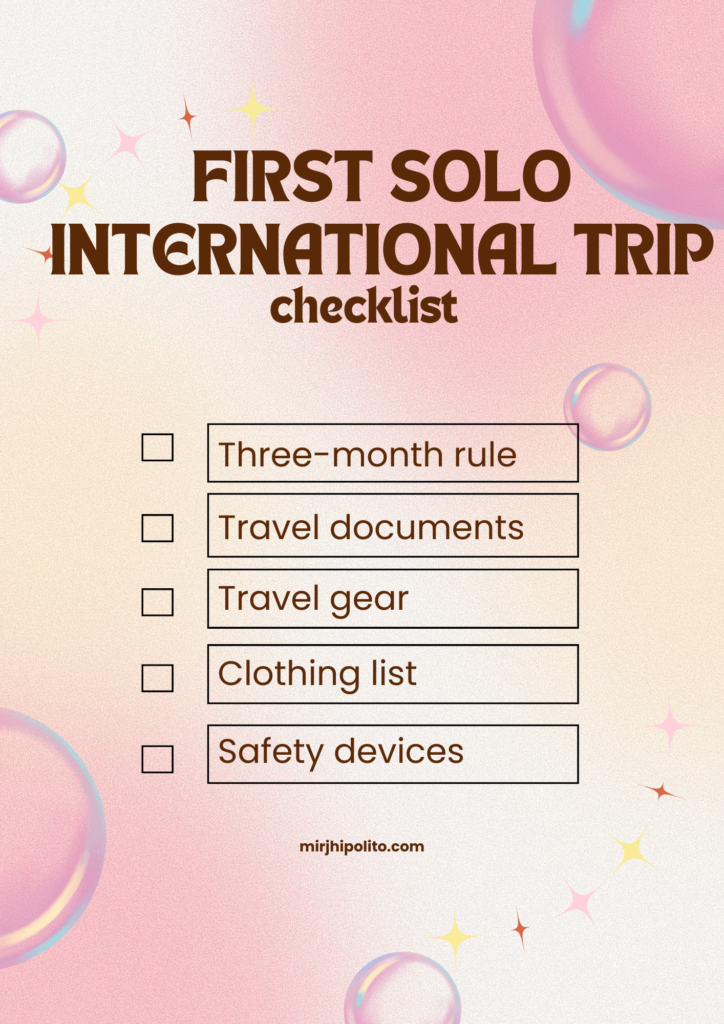
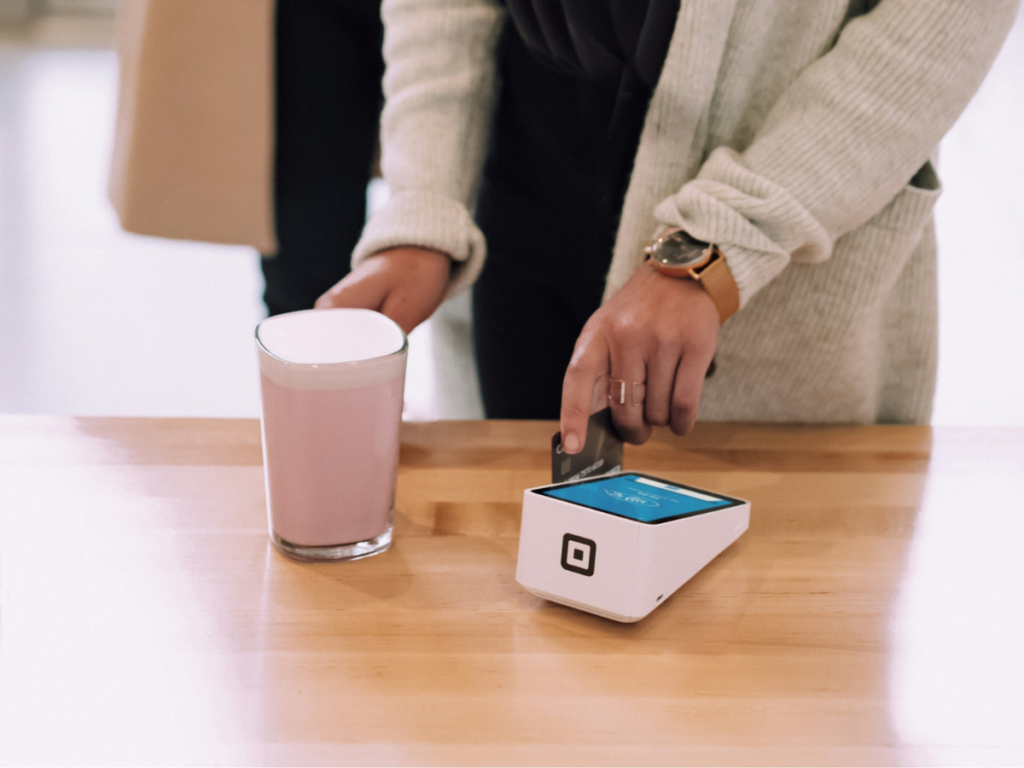
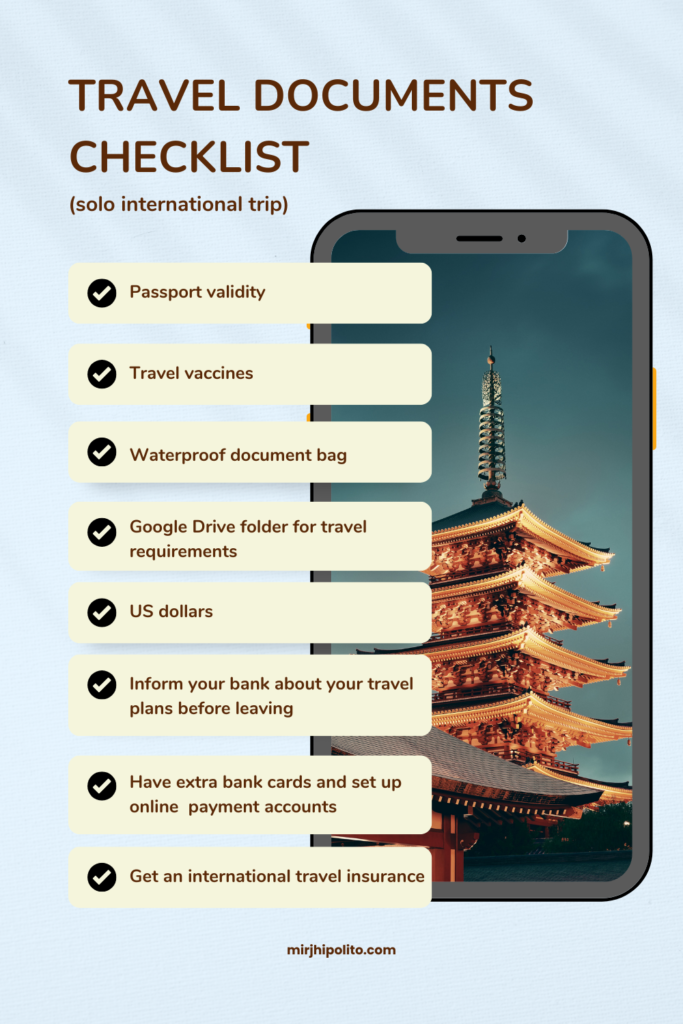
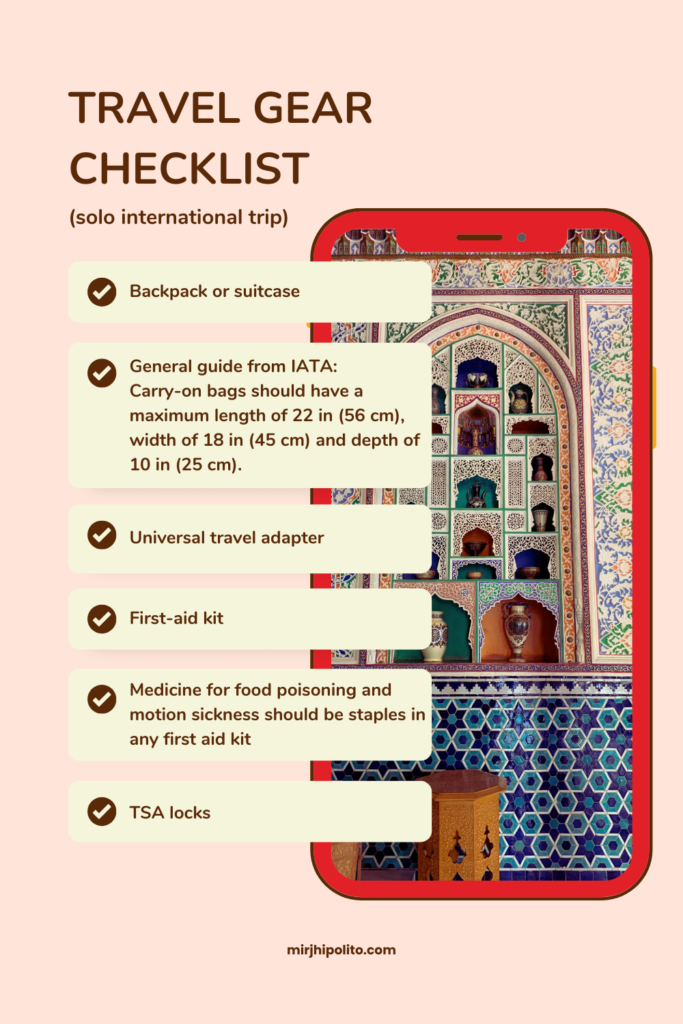
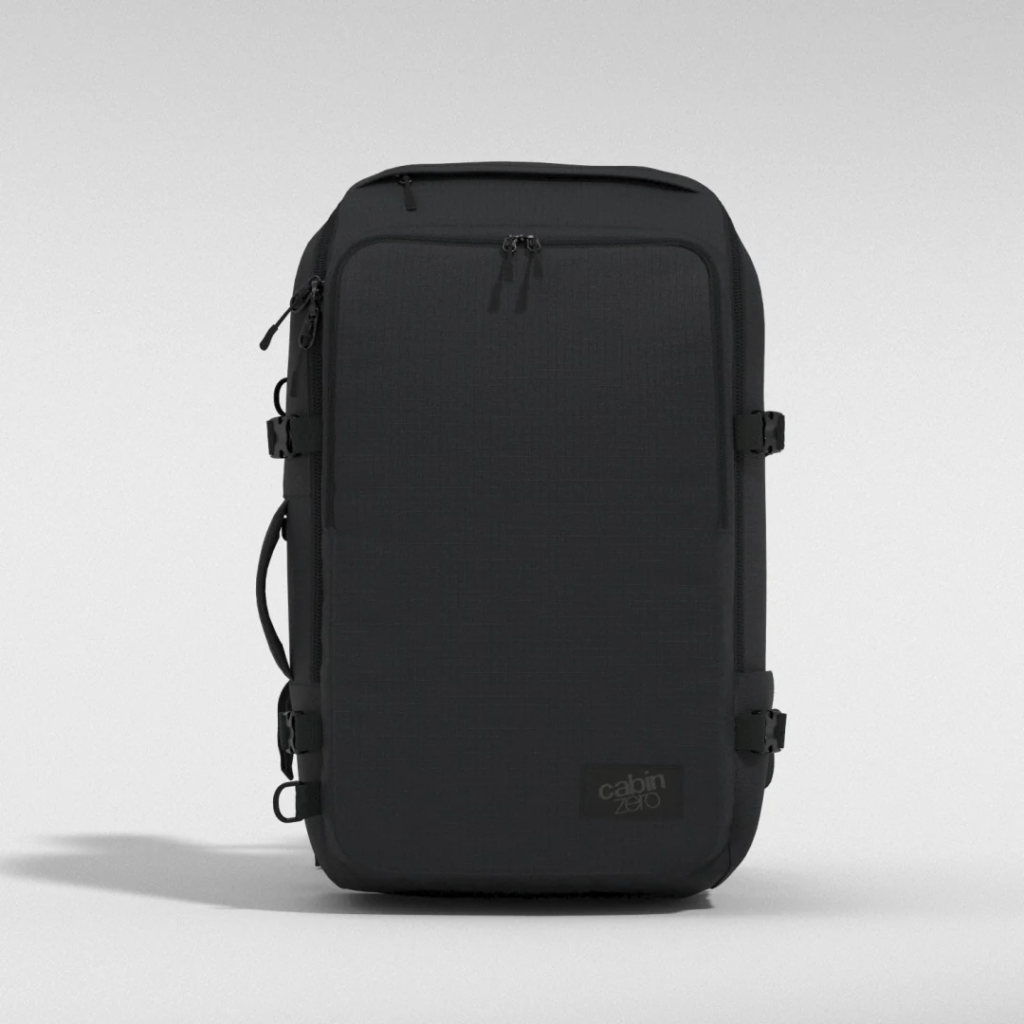
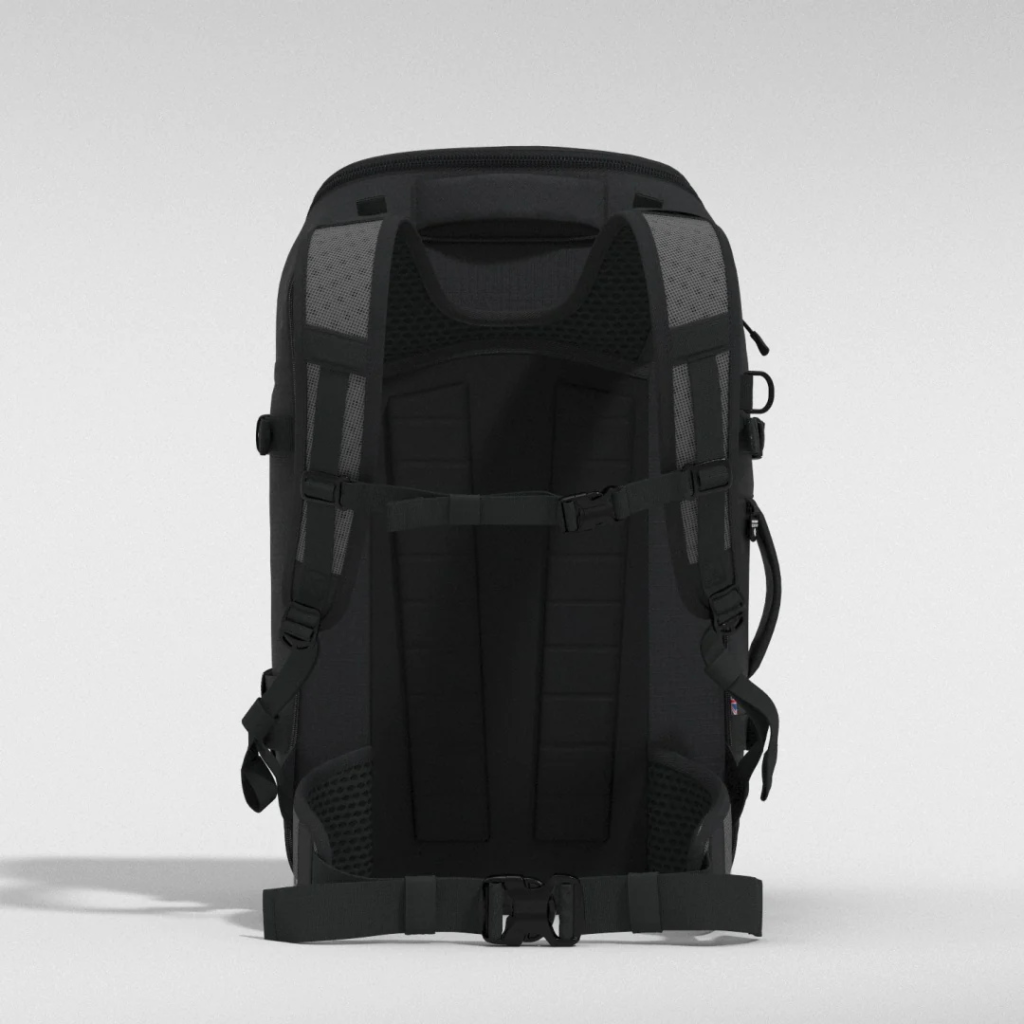

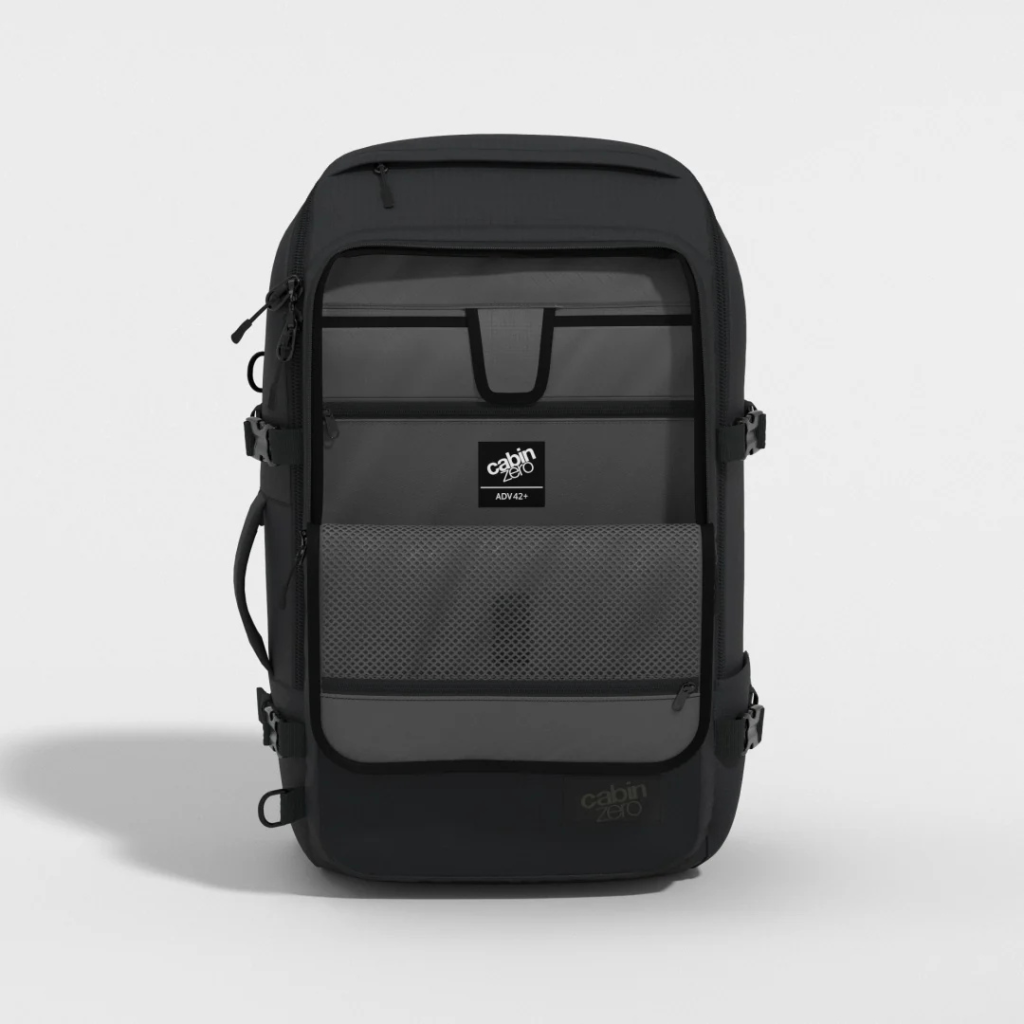
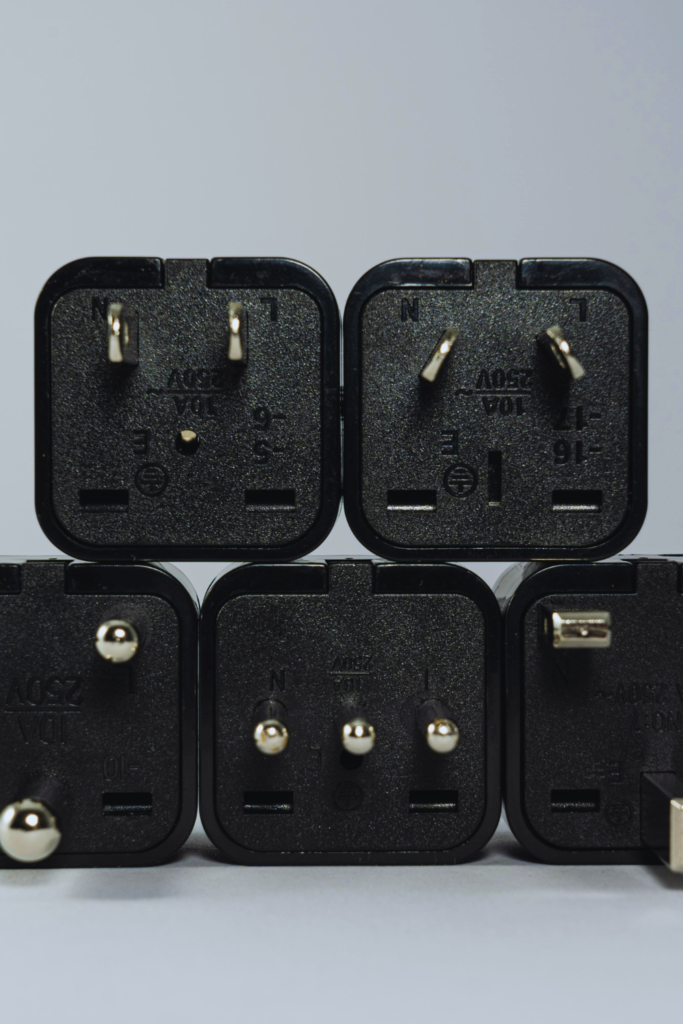

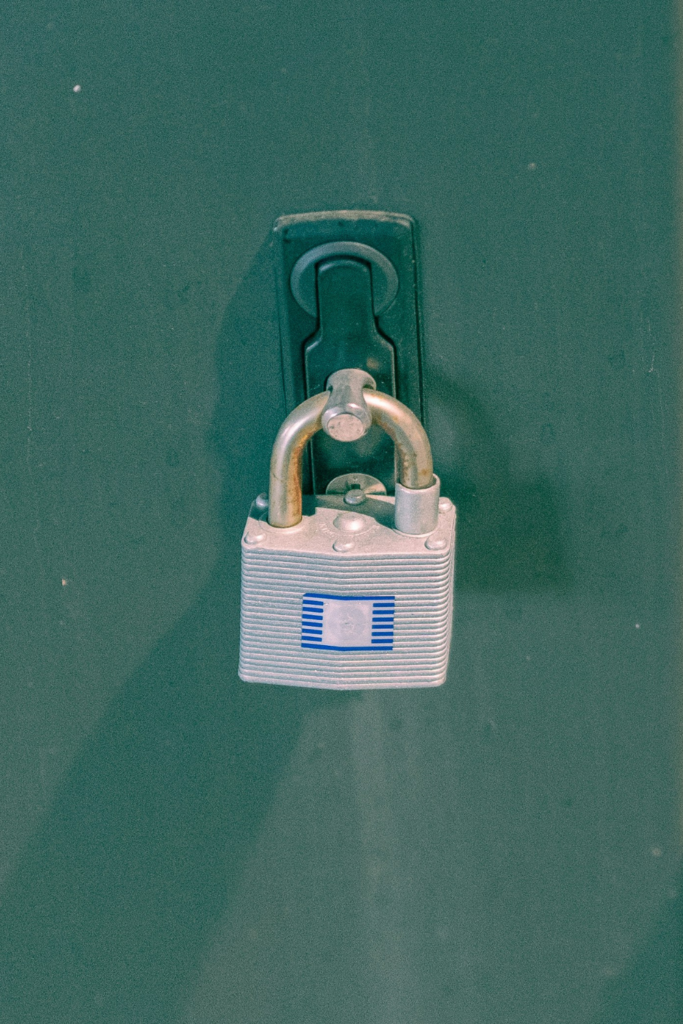
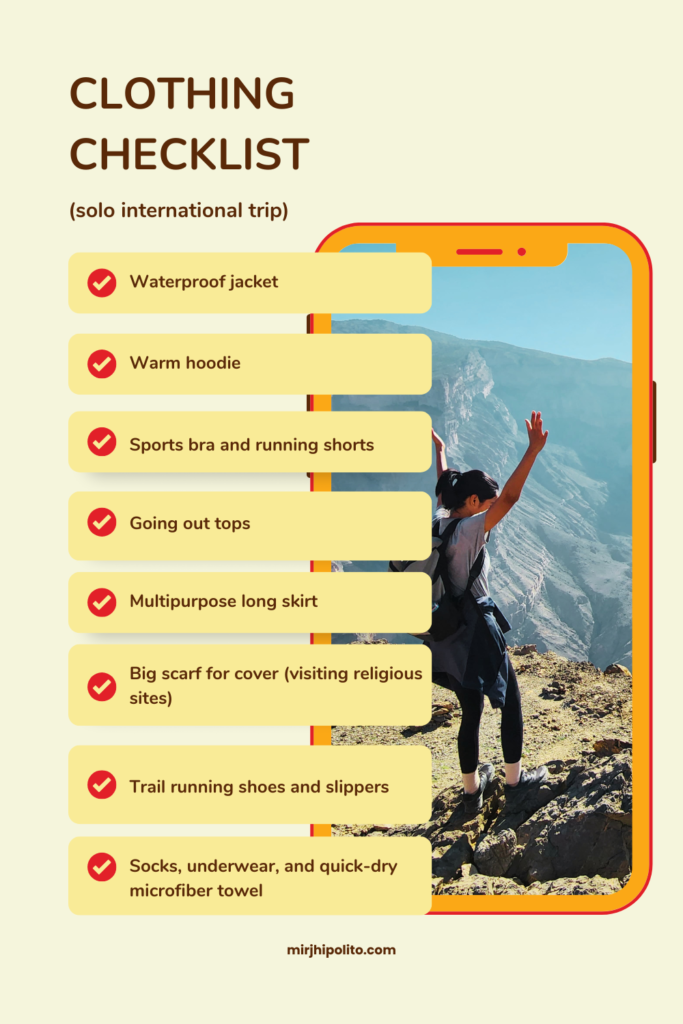
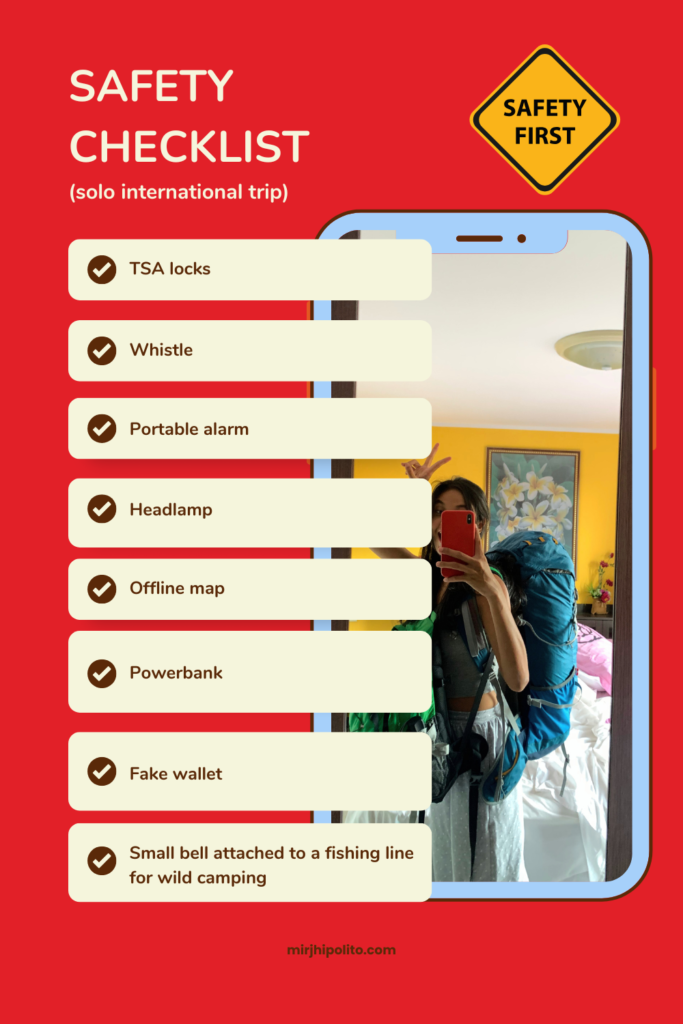



Appreciate the recommendation. Will try it out.
No worries! I wish you a safe trip ❤️